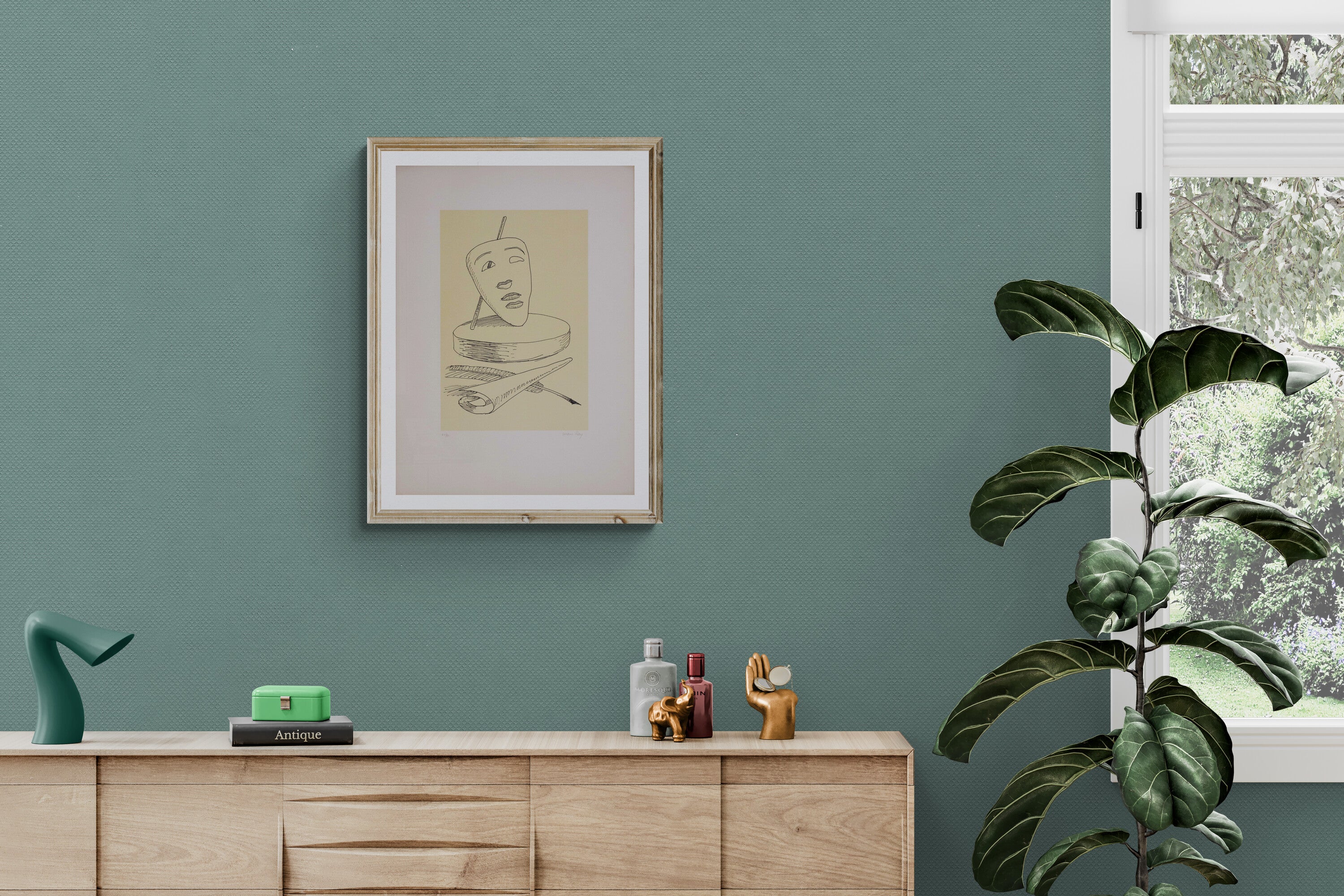Bruno Munari biography

Bruno Munari (Milan, October 24, 1907 - Milan, September 29, 1998) was an Italian artist, designer and writer, considered one of the leading figures in 20th-century art, design, and graphics. His multifaceted research and inventive creativity made him a Leonardo-like figure, capable of spanning various expressive fields and communicating through words, objects, and toys. Born in Milan in 1907, Bruno Munari spent his childhood and adolescence in Badia Polesine, where his parents moved to run a hotel. Returning to Milan in 1925, he began working in professional graphic studios, coming into contact with the Futurist movement and exhibiting with them in several shows. His artistic research gradually distanced itself from Futurism, becoming known for his visual and tactile experiments.
In 1933, he presented to the public his useless machines, mechanical devices that investigate perceptual possibilities and made him a precursor of optical art. In the following years, Bruno Munari became interested in constructivist currents, the De Stijl movement, and the Bauhaus, deepening his study of form and color and seeking the aesthetic autonomy of objects.
During his career, Bruno Munari explored various artistic media and created emblematic works. In the 1950s, he focused on creating concavo-convex sculptures and positive-negative paintings, as well as visual experiments with polarized light. His research also extended to industrial design, and Munari created innovative toys, such as the famous Scimmietta Zizì, which won the Compasso d'oro award in 1954.
In addition to design and visual art, Bruno Munari also devoted himself to writing. Starting in the 1940s, he began creating a successful series of children's books, which were very popular both in Italy and the United States. Bruno Munari managed to communicate with children through words and images, stimulating their creativity and imagination.
In the following years, he continued to explore new artistic frontiers and also dedicated himself to teaching and promoting art for the younger generation. In 1977, he created the first children's workshop in a museum, at the Pinacoteca di Brera in Milan, paving the way for an early approach to art.
His works and research were widely recognized and awarded. Bruno Munari received numerous honors, including the Compasso d'oro from the Industrial Design Association, the gold medal from the Milan Triennale, and the Japan Design Foundation award. Bruno Munari continued to explore his creativity until the last years of his life. His works are a testament to his ongoing aesthetic research and his commitment to communicating through forms, colors, and ideas. Bruno Munari left a lasting legacy in art, design, and pedagogy, demonstrating the importance of creativity and imagination in all our lives.



